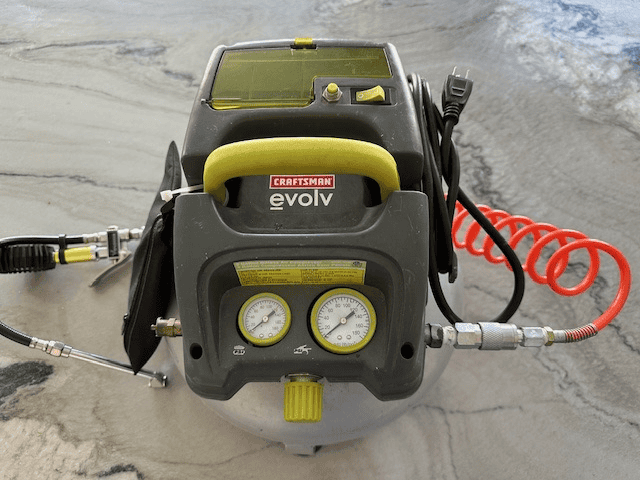An air compressor is a versatile device that converts power into potential energy stored in pressurized air. By forcing air into a storage tank, the compressor increases the air pressure, which can then be used to power various tools and equipment, making it an essential tool for many DIY projects, automotive work, and industrial applications.
History
The history of air compressors dates back to ancient times when blacksmiths used bellows to blow air into their furnaces. The first mechanical air compressors were developed in the 18th century during the Industrial Revolution, significantly improving efficiency in mining and manufacturing. By the late 19th and early 20th centuries, advancements in technology led to the creation of more sophisticated air compressors, which became integral in various industries.
Types of Air Compressors
- Reciprocating (Piston) Compressors
- Rotary Screw Compressors
- Centrifugal Compressors
- Axial Compressors
- Scroll Compressors
- Portable Compressors
Air Compressor Key Features
- Pressure Capacity (PSI)
- Airflow Rate (CFM)
- Tank Size
- Motor Power (HP)
- Portability
- Noise Level
- Duty Cycle
- Oil-Free vs. Oil-Lubricated
Choosing the Right Air Compressor
When selecting an air compressor, consider the type of tasks you will be performing. For light-duty tasks, such as inflating tires or powering small tools, a portable and oil-free compressor with a lower PSI and CFM rating may suffice. For heavy-duty tasks, such as operating pneumatic tools or industrial applications, a stationary, oil-lubricated compressor with higher PSI and CFM ratings is more appropriate. Assess your power requirements, space availability, and budget to make an informed decision.
Recommendations
Proper Use and Techniques
To use an air compressor properly, start by reading the manufacturer’s instructions. Ensure the compressor is on a stable surface and securely connected to the power source. Attach the appropriate hose and tool, and adjust the pressure regulator to the required PSI. Always release the pressure from the tank after use to prevent damage and prolong the compressor’s lifespan. Practice safe techniques to avoid accidents and ensure efficient operation.
Maintenance and Care
Regular maintenance is crucial to keep your air compressor in optimal condition. Check and replace the air filter periodically, drain the tank to remove accumulated moisture, and inspect hoses and connections for wear and tear. Lubricate moving parts as recommended by the manufacturer and ensure the compressor is stored in a dry, clean environment. Regularly servicing your compressor will enhance its performance and longevity.
Air Compressor Safety Tips
- Wear Protective Gear: Always wear safety glasses and ear protection.
- Check for Leaks: Regularly inspect hoses and connections.
- Avoid Overheating: Allow the compressor to cool down between extended uses.
- Use Proper Ventilation: Operate in well-ventilated areas to prevent the buildup of fumes.
- Follow Manufacturer’s Instructions: Adhere to the guidelines for safe and effective use.
Conclusion
An air compressor is an invaluable tool for a wide range of applications, from simple DIY projects to complex industrial tasks. By understanding the different types, features, and proper maintenance practices, you can choose the right air compressor to meet your needs and ensure safe, efficient operation. Regular care and adherence to safety guidelines will maximize the lifespan and performance of your air compressor, making it a reliable asset in your toolkit.


